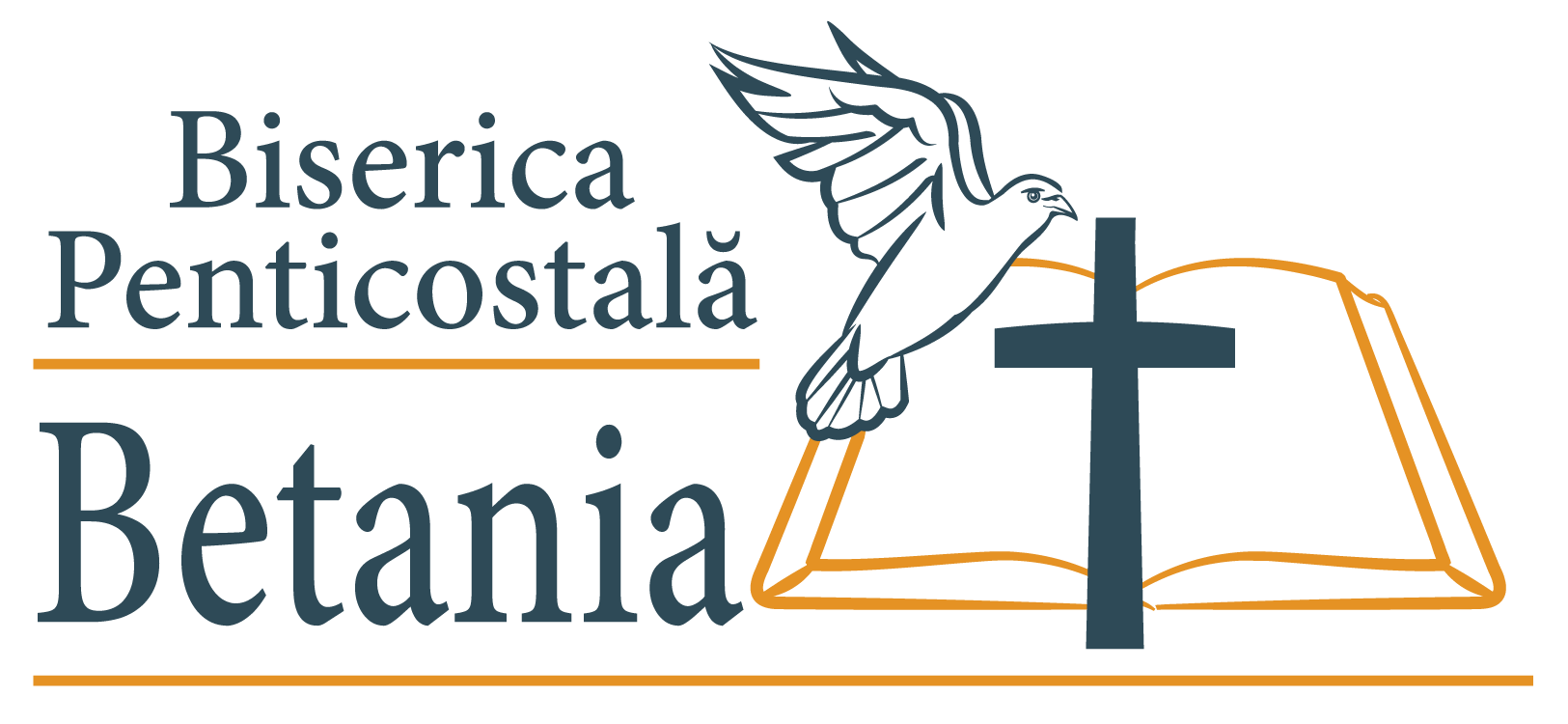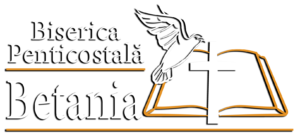14 octombrie
14 octombrie
Marți, 14 octombrie 2025, Ioan 10:1–42
Ioan 10 continuă să descrie tensiunea începută în capitolul precedent între Mântuitorul și liderii religioși.
În cele două metafore cristologice care domină capitolul de față, Domnul Se descoperă ca „Păstorul cel bun” și „Ușa oilor.” Biblia folosește mult metafora „păstorul și oile,” fiindcă păstoritul era o ocupație comună în Iudeea.
Iudeea avea un relief ideal pentru pășunat, iar oile și caprele erau sursele principale de lapte, carne, lână și piele.
De asemenea, păstoritul are o semnificație spirituală în Scriptură:
(a) Moise a fost păstor la oi 40 de ani în Madian (Exod 3:1; Fapte 7:30).
(b) David a fost păstor înainte de a deveni rege (1 Samuel 16:11).
(c) „Domnul este Păstorul meu…” (Psalmul 23).
(d) „Isus Se descoperă ca Păstorul cel bun.” (Ioan 10:11).
Această imagine a Păstorului cel Bun contrastează cu imaginea liderilor religioși pe care Isus îi numește „hoți și tâlhari” (vers. 8).
Prorocul Ezechiel condamnă păstorii necredincioși și promite că însuși Domnul va păstori turma Lui (Ezechiel 34). Liderii religioși care îl exclud pe orbul vindecat (9:34–35) ilustrează „păstorii răi” – hoți și tâlhari (1, 8, 12–13).
Mesajul capitolului de astăzi poate fi împărțit în câteva secțiuni:
1. Păstorul legitim și vocea Lui (vers. 1–6)
Isus vine din relația cu Tatăl și din cunoașterea personală a oilor. „Păstorul intră pe ușă, este recunoscut de portar; oile îi aud vocea, le cheamă pe nume și le duce afară.” (vers. 2–4).
2. Isus – Ușa oilor (vers. 7–10)
„Eu sunt Ușa. Dacă intră cineva prin Mine, va fi mântuit.” (vers. 9)
„Hoțul nu vine decât să fure, să junghie și să prăpădească; Eu am venit ca oile să aibă viață și s-o aibă din belșug.” (vers. 10)
3. Isus – Păstorul cel bun (vers. 11–18)
„Eu sunt Păstorul cel bun. Păstorul cel bun își dă viața pentru oi.” (vers. 11, 15, 17–18)
Universalitatea: „Mai am și alte oi, care nu sunt din staulul acesta;… va fi o turmă și un Păstor.” (vers. 16)
4. Reacții și dezbinare (vers. 19–21)
Cuvintele lui Isus provoacă polarizare – unii cred, alții Îl resping: „Cuvintele acestea nu sunt cuvinte de îndrăcit.” (vers. 21)
5. Hanuca – Isus la Praznicul Înnoirii (vers. 22–39)
Sărbătoarea Înnoirii – Hanuca (vers. 22) comemorează rededicarea Templului în 164 î.Hr., după victoria macabeilor asupra seleucizilor.
Siguranța mântuirii: „Oile Mele ascultă glasul Meu; Eu le cunosc… Eu le dau viață veșnică; nimeni nu le va smulge din mâna Mea… din mâna Tatălui Meu.” (vers. 27–29)
6. Retragerea și credința în Pereea (vers. 40–42)
Isus trece dincolo de Iordan, la locul mărturiei lui Ioan Botezătorul: „Mulți au crezut în El acolo.” (vers. 42)
Isus este singura cale spre mântuire – „Ușa” și „Păstorul.”
Să ne rugăm Domnului să ne încredem în „Păstorul cel Bun” și să ne închinăm în fața Lui!
Pastor Luigi Mițoi
Tuesday, October 14, 2025 – John 10:1–42
John 10 continues to describe the tension that began in the previous chapter between the Savior and the religious leaders.
In the two Christological metaphors that dominate this chapter, the Lord reveals Himself as “the Good Shepherd” and “the Gate for the sheep.” The Bible often uses the metaphor of “the shepherd and the sheep,” because shepherding was a common occupation in Judea.
Judea’s terrain was ideal for grazing, and sheep and goats were the main sources of milk, meat, wool, and leather.
Shepherding also has spiritual significance in Scripture:
(a) Moses was a shepherd of sheep for forty years in Midian (Exodus 3:1; Acts 7:30).
(b) David was a shepherd before becoming king (1 Samuel 16:11).
(c) “The Lord is my shepherd…” (Psalm 23).
(d) “Jesus reveals Himself as the Good Shepherd.” (John 10:11).
This image of the Good Shepherd contrasts with that of the religious leaders whom Jesus calls “thieves and robbers” (v. 8).
The prophet Ezekiel condemns the unfaithful shepherds and promises that the Lord Himself will shepherd His flock (Ezekiel 34). The religious leaders who cast out the healed blind man (9:34–35) illustrate the “bad shepherds”—thieves and robbers (vv. 1, 8, 12–13).
The message of today’s chapter can be divided into several sections:
1. The legitimate Shepherd and His voice (vv. 1–6)
Jesus comes out of His relationship with the Father and His personal knowledge of the sheep. “The shepherd enters by the gate, is recognized by the gatekeeper; the sheep listen to his voice, he calls his own sheep by name and leads them out.” (vv. 2–4).
2. Jesus – the Gate for the sheep (vv. 7–10)
“I am the Gate; whoever enters through Me will be saved.” (v. 9)
“The thief comes only to steal and kill and destroy; I have come that they may have life, and have it to the full.” (v. 10)
3. Jesus – the Good Shepherd (vv. 11–18)
“I am the Good Shepherd. The Good Shepherd lays down His life for the sheep.” (vv. 11, 15, 17–18)
Universality: “I have other sheep that are not of this sheep pen. They too will listen to My voice, and there shall be one flock and one Shepherd.” (v. 16)
4. Reactions and division (vv. 19–21)
The words of Jesus cause polarization—some believe, others reject Him: “These are not the words of a man possessed by a demon.” (v. 21)
5. Hanukkah – Jesus at the Festival of Dedication (vv. 22–39)
The Festival of Dedication—Hanukkah (v. 22) commemorates the rededication of the Temple in 164 B.C., after the Maccabean victory over the Seleucids.
Assurance of salvation: “My sheep listen to My voice; I know them… I give them eternal life, and they shall never perish; no one will snatch them out of My hand… out of My Father’s hand.” (vv. 27–29)
6. Retreat and faith in Perea (vv. 40–42)
Jesus crosses the Jordan to the place where John the Baptist had been testifying: “And in that place many believed in Him.” (v. 42)
Jesus is the only way to salvation—“the Gate” and “the Shepherd.”
Let us pray that the Lord will help us trust “the Good Shepherd” and bow in worship before Him!

